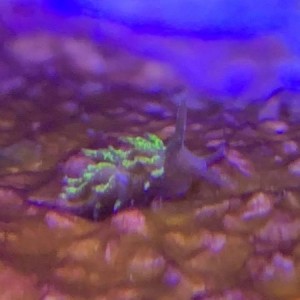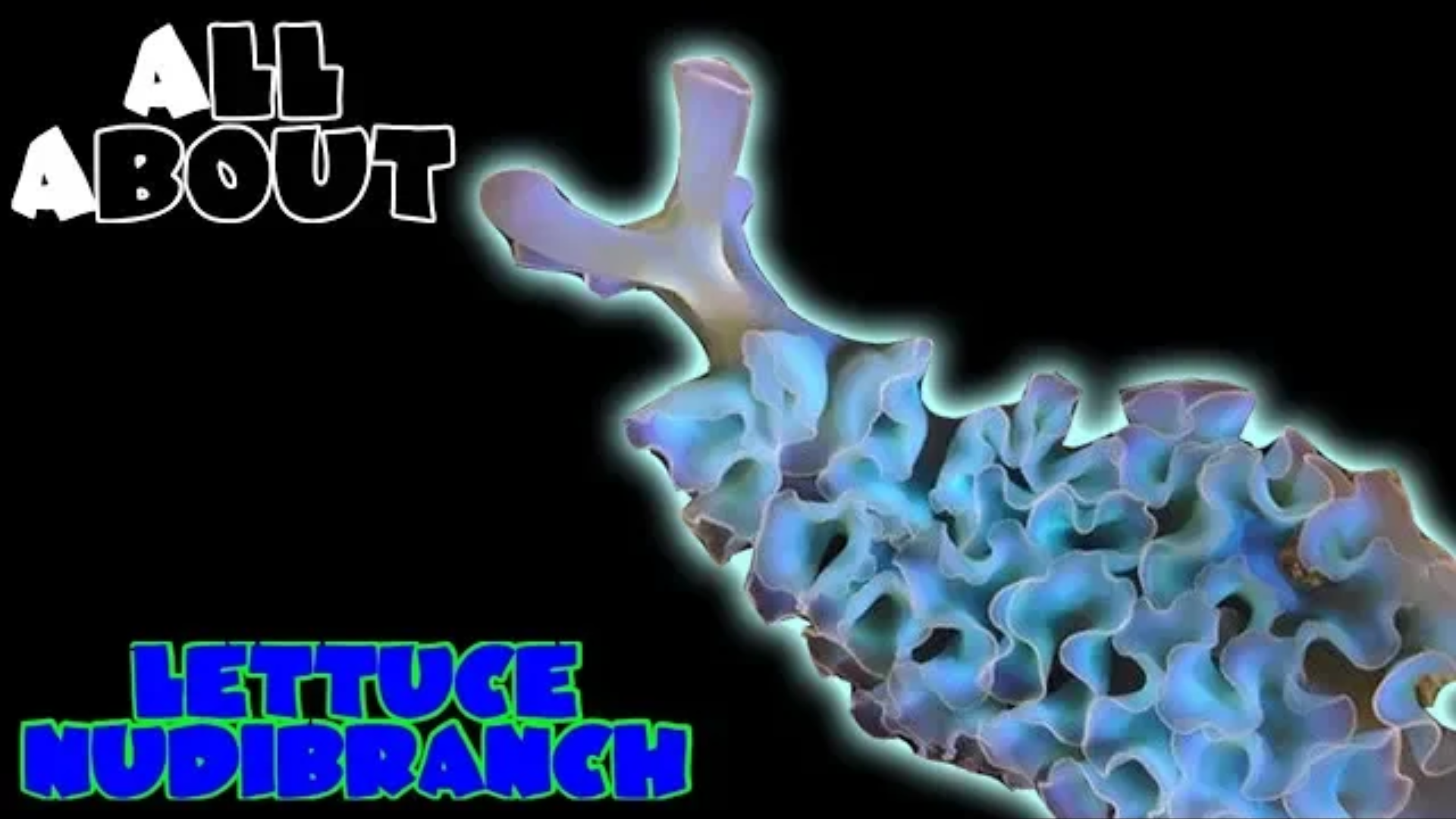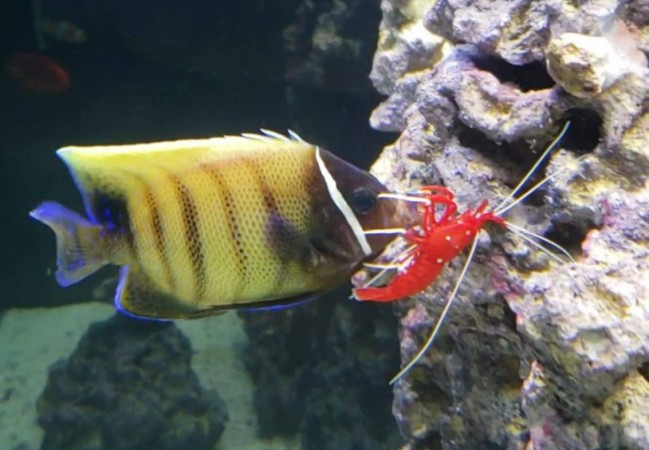- Name:
Zoa Eating Nudi
- Family:
- Species: Nudibranch
- Scientific Name: Aeolid Nudibranch


General info about Zoa Eating Nudi
There are many different genuses and species amongst this group of Nubi and they are all carnivorous, toxic and inappropriate for our tanks.
Only one species that has a desirable trait and eat aiptasia (Berghia verrucicornis). All species are very similar in appearance, so all hitchhiking nudibranchs, even the desirable Berghia, should be treated the same way do not bother trying to ID them. The aeolid group has a common distinguishing feature such as being the presence of fleshy dorsal appendages, known as cerata. The nematocysts the Nudi consume is stored in these fleshy tassles.
At first, your zoanthids and polyps may appear irritated and open less and less each day. One of the first things you will notice is that your polyps refuse to open. Then you will slowly see the polyps disappear one by one. Eventually, you will see the colony start to disappear.
Properly quarantining of corals and dipping the to remove pest is a good way to prevent them from getting into your aquarium. There are some great dips that kill adults easily with minimal damage to the corals. Unfortunately, there are no current dips that work to rid the coral of the eggs. Which means if there are signs of Zoa Eating Nudis on your polyps then you will need to pick the eggs off manually and dip the coral multiple time to kill of Nudis that have recently hatched. It only takes one to start the cycle back up.
Zoa Eating Nudi Diet & Nutrition
Zoa Eating Nudibranch is carnivorous they feed off of zoanthids and polyps.
Breeding & Spawning Zoa Eating Nudi
Nudis are simultaneous hermaphorodites, although self-fertilization rarely occurs. The eggs are the hardest obstacle to overcome in ridding yourself of these pests. There are some great dips that kill adults easily with minimal damage to the corals. Unfortunately, there are no current dips that work to rid the coral of the eggs. They must be extracted manually, or repeated dips must continue every 2 weeks to kill off any specimens that hatch.
Original Detail
| Name | Species | Family | Scientific Name | More Detail | Added by |
|---|---|---|---|---|---|
| Zoa Eating Nudi | Nudibranch | Aeolid Nudibranch | There are many different genuses and species amongst this group of Nubi and they are all carnivorous, toxic and inappropriate for our tanks. Only one species that has a desirable trait and eat aiptasia (Berghia verrucicornis). All species are very similar in appearance, so all hitchhiking nudibranchs, even the desirable Berghia, should be treated the same way do not bother trying to ID them. The aeolid group has a common distinguishing feature such as being the presence of fleshy dorsal appendages, known as cerata. The nematocysts the Nudi consume is stored in these fleshy tassles. At first, your zoanthids and polyps may appear irritated and open less and less each day. One of the first things you will notice is that your polyps refuse to open. Then you will slowly see the polyps disappear one by one. Eventually, you will see the colony start to disappear. Properly quarantining of corals and dipping the to remove pest is a good way to prevent them from getting into your aquarium. There are some great dips that kill adults easily with minimal damage to the corals. Unfortunately, there are no current dips that work to rid the coral of the eggs. Which means if there are signs of Zoa Eating Nudis on your polyps then you will need to pick the eggs off manually and dip the coral multiple time to kill of Nudis that have recently hatched. It only takes one to start the cycle back up. |
PalaciosAn |
Changed by users
| Submitted Date | Submitted By | Status | Action |
|---|



